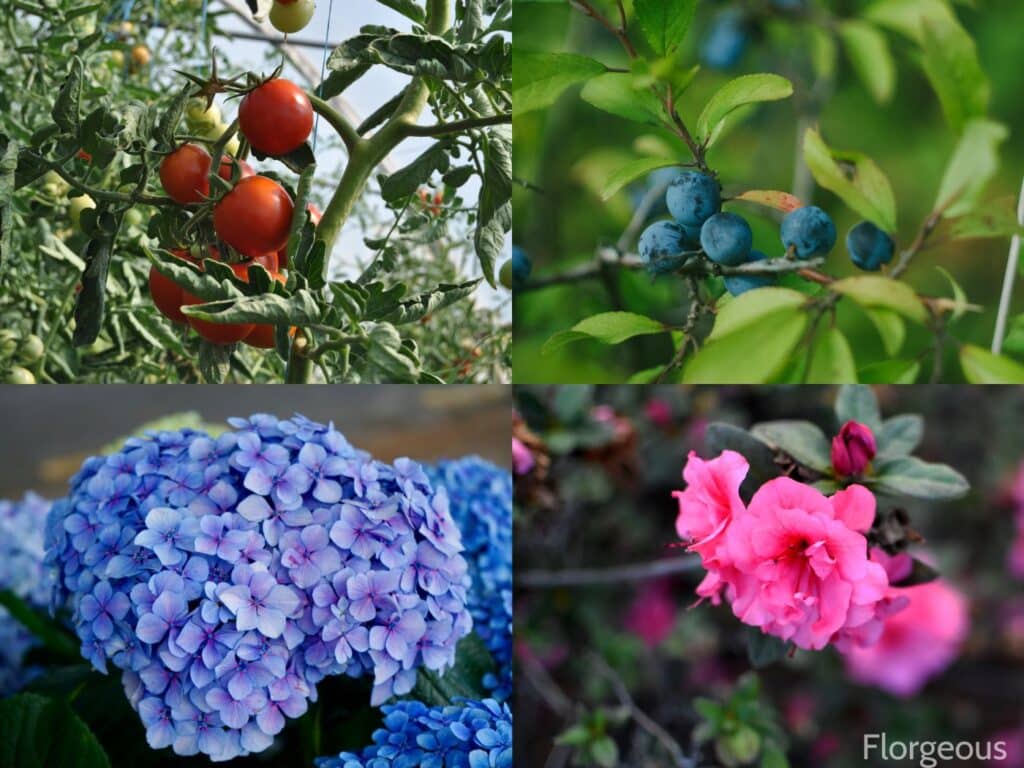Imagine you’re a green thumb enthusiast, but your garden seems to struggle, no matter what you do. Could the pH level of your soil be the culprit? You may well be surprised to learn that some plants actually thrive in acidic soil.
In this article, we’ll explore the unique world of acid-loving plants. We’ll uncover why they prefer a lower pH and how you can create the perfect acidic environment in your own garden. So, if you’ve been battling with your soil’s acidity, don’t fret – there’s a whole host of plants that can’t wait to call your garden home.
Identifying Plants That Like Acidic Soil
Perhaps you’re wondering how exactly to discern which of your leafy friends may well prefer more acidic conditions. Let’s dive into that.
Definition of Acidic Soil Preferences
The plant world’s a finicky place, isn’t it? Some plants need full sun, others require shade, and then there are those that have very particular preferences when it comes to soil pH.
Acid-loving plants are those peculiar types that quite enjoy, and indeed, flourish in soil with a pH value less than 7. Here’s the kicker: these plants aren’t just enduring the acidic environment, they’re actually pulling nutrients like Iron and Aluminum more effectively from it!
Examples of Acidic Soil Indicators
Now you’re probably thinking, “Cool, but how do I recognize these plants?” Don’t fret!
There are several plants that act as natural indications of acidic soil conditions. The Blueberry bush, for example, is well-known for its preference for acidic soil.
It’s a real champ at thriving in slightly to moderately acidic ground. Rhododendrons and Azaleas, with their vivid, eye-catching flowers, are also fierce fans of acidity.
And let’s not forget the elegant Camellia, another member of the acid lovers club. Identifying these plants in your garden could be a clear signal that your soil is more on the acidic side. But remember, an accurate soil pH test is the best method to confirm.
Shrubs and Trees That Thrive in Acidic Soil
Beyond the more common plants, such as garden vegetables and flowers, a variety of shrubs and trees flourish in acidic soil. These include the vibrant Rhododendrons, the showy Azaleas, and the fruit-bearer Blueberry bushes.
Rhododendrons

Rhododendrons are lovers of acidic soil. They soak up nutrients freely in soil with a pH range from 4.5 to 5.5. If your garden’s pH tests confirm acidic conditions, these flowering shrubs are a great choice. They’ll add a splash of color and life to your garden with their large, bright blooms.
Azaleas
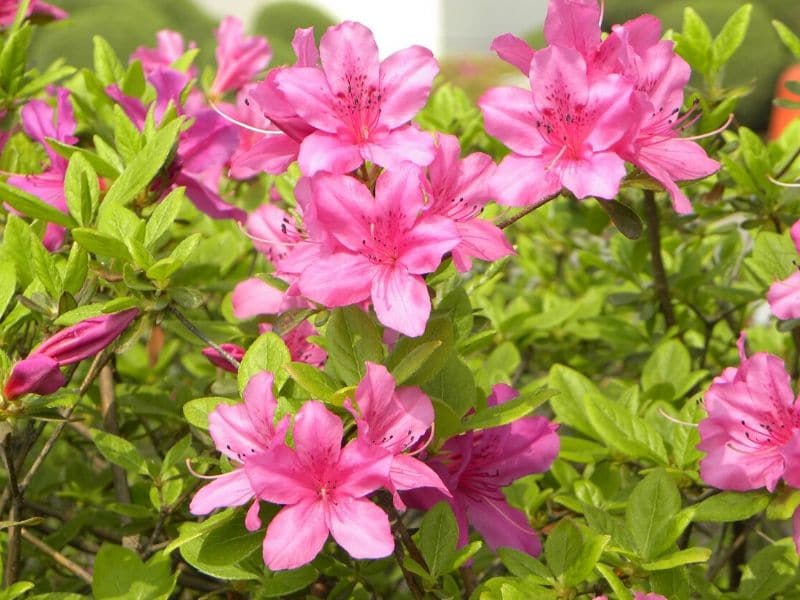
Cousin to the rhododendron, Azaleas are another shrub that favors acidic soil. They thrive best in a pH between 4.5 and 6.0. Equipped with vibrant blossoms, they offer a visually pleasing way to fill negative space in your landscaping while taking advantage of the existing soil conditions.
Blueberry Bushes

Blueberry bushes, while known more for their tasty fruits, are also showy when in bloom. Requiring a soil pH of 4.0 to 5.0, they’re ideal for gardens rich in acidic soil.
As a bonus, blueberry bushes offer you the added reward of a fresh, healthy fruit harvest right in your own backyard.
Flowering Plants Suited for Acidic Soil
Let’s dive deeper into the world of flowering plants that love acidic soil. I’ll share some popular, vibrant choices that could brighten up your garden.
Hydrangeas
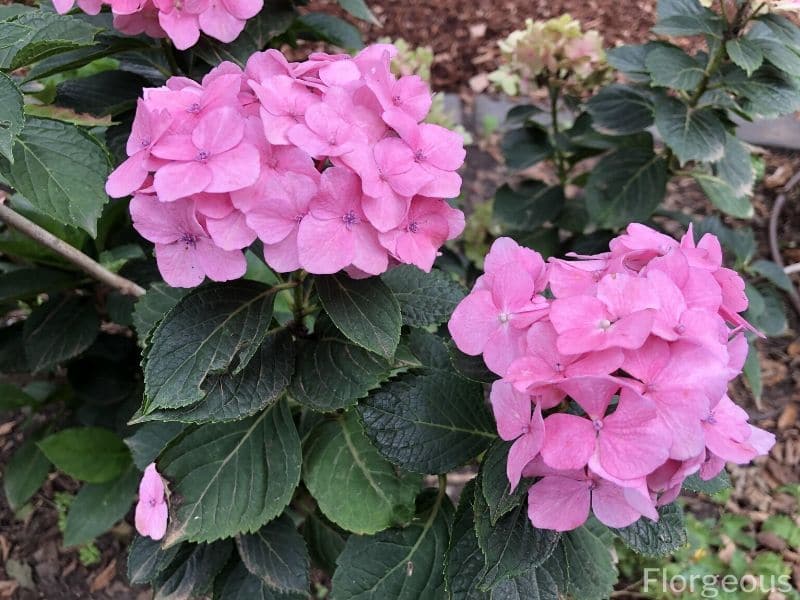
Hydrangeas are a classic choice fit for acidic soil. They’re hardy, shade-tolerant, and their color changes depending on the soil pH! In acidic soils, you’ll see Hydrangeas displaying beautiful blue blooms. They have been known to flourish in soils with a pH of 5-5.5.
Camellias
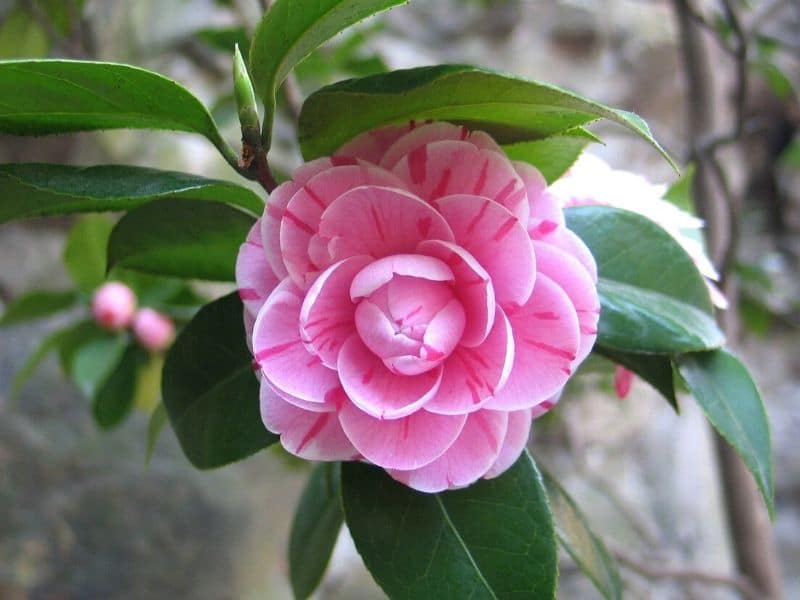
Next we have Camellias, yet another example of plants that love low pH soils. They’re known for their glossy, dark green leaves and large, remarkable blooms. Thriving in a pH range between 4.5 and 6.5, Camellias can grace your garden throughout the cooler seasons when many other plants have finished flowering.
Gardenias
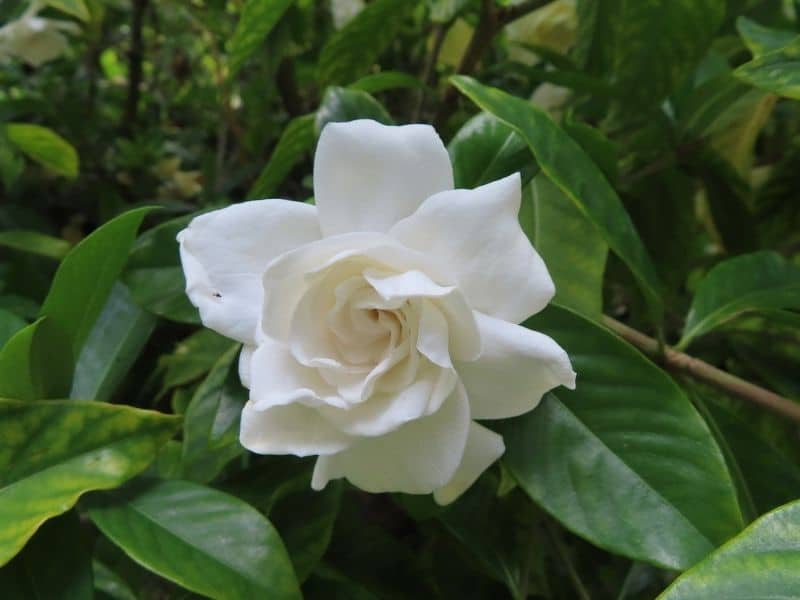
Let’s not forget Gardenias, distinctive for their intoxicating fragrance and elegant white blossoms. Gardenias prefer acidic soil conditions, particularly a pH level between 5.0 and 6.0.
This allows them to absorb the needed nutrients more effectively, rewarding you with enchanting, lush displays throughout the growing season.
Fruits and Vegetables That Prefer Acidic Soil
Taking a step further into the world of edible plants thriving in acidic soil, let’s discuss a few common fruits and vegetables that you may well grow in your kitchen garden.
Tomatoes

A gardener’s delight, tomatoes have a preference for slightly acidic soil with a pH range of 6.0 to 6.8. With adequate sunlight, water, and acidic soil, they can provide a bountiful harvest. If you’re noticing yellow leaves on your tomato plants, you may well need to acidify your soil to help them get the required nutrients.
Potatoes
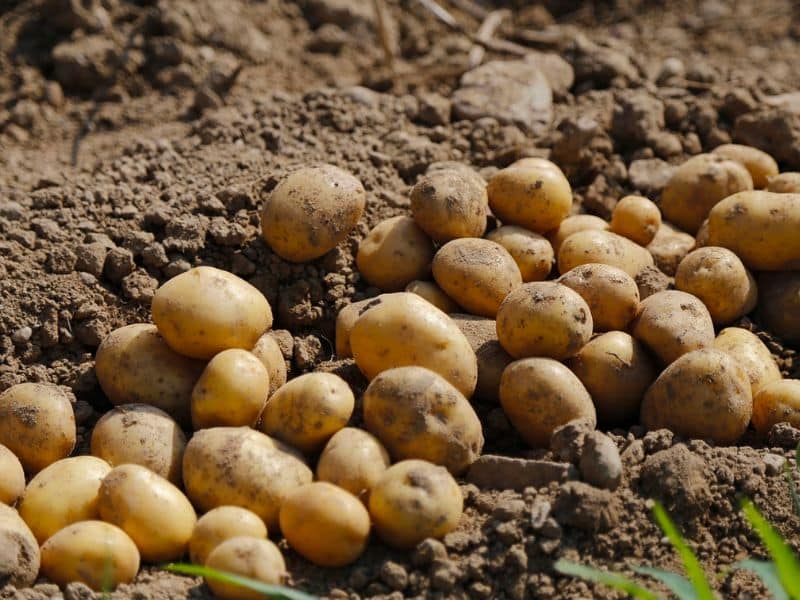
If you’re a fan of growing potatoes, you’ll be pleased to know they favor acidic soil, just like tomatoes. The ideal pH for robust potato growth is typically between 5.0 and 6.0. It’s this acidity that assists in keeping potato scab at bay – a common problem in potato farming.
Blueberries
Already mentioned as a shrub that likes acidity, blueberries, in fact, thrive in highly acidic conditions. A pH range between 4.5 and 5.0 is ideal for them.
Blueberry bushes not only produce tasty fruits, they add aesthetic appeal to your garden. If you’ve failed at blueberry farming before, perhaps, the culprit was a lack of soil acidity – an issue that’s not hard to resolve, after all.
Caring for Plants in Acidic Soil
Knowing how to care for plants growing in acidic soil sets your garden up for success. Let’s explore some care techniques that will keep your acid-loving plants healthy and thriving.
Proper Watering Techniques
Watering plants in acidic soil is a bit of an art. Most plants prefer their soil to be slightly moist but not soaked. Overwatering can lead to root rot, which in turn can harm your plants. When watering, aim to give your plants a deep soak rather than frequent light waterings.
This encourages the roots to grow deeper into the soil, making your plants more drought-resistant. On hot days, it’s best to water your plants early in the morning or late in the evening to prevent evaporation.
Choosing the Right Fertilizer
The right fertilizer can make a world of difference in the health of your acid-loving plants. When selecting a fertilizer, look for ones specifically formulated for acid-loving plants such as Rhododendrons and Azaleas.
These typically contain higher amounts of nitrogen and are lower in phosphorus, balancing the nutrient levels in the soil. Remember, over-fertilizing can damage your plants, so it’s imperative to follow the product instructions.
Mulching and Soil Health
Mulch certainly isn’t just a pretty garnish. It benefits your soil and your plants in several ways. For acid-loving plants, opt for an organic mulch like pine needles or pine bark, as these materials can help maintain a lower pH level in the soil.
Besides, mulch acts as a protectant layer, keeping the soil moist, preventing weeds, and maintaining a steady soil temperature. Just make sure not to heap mulch against the stem of your plants, as this can cause them to rot.
See more:

